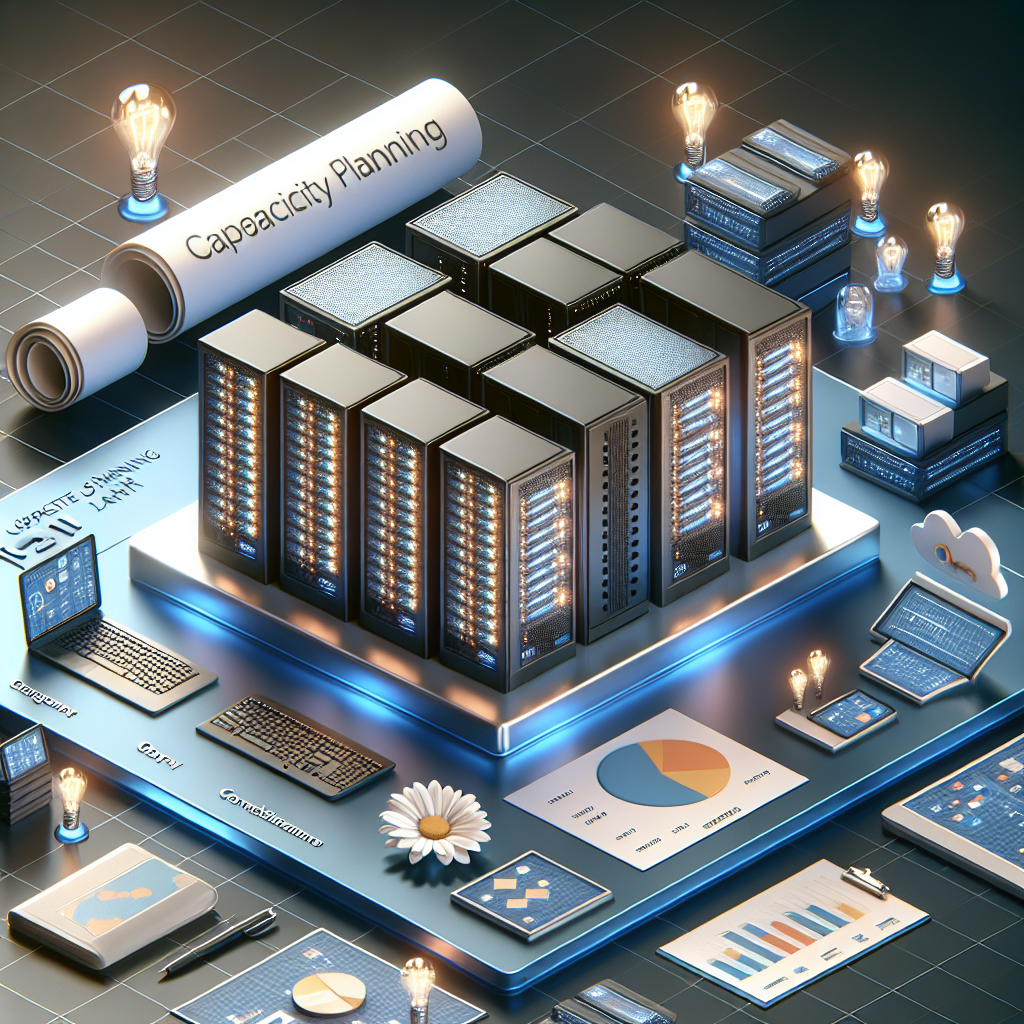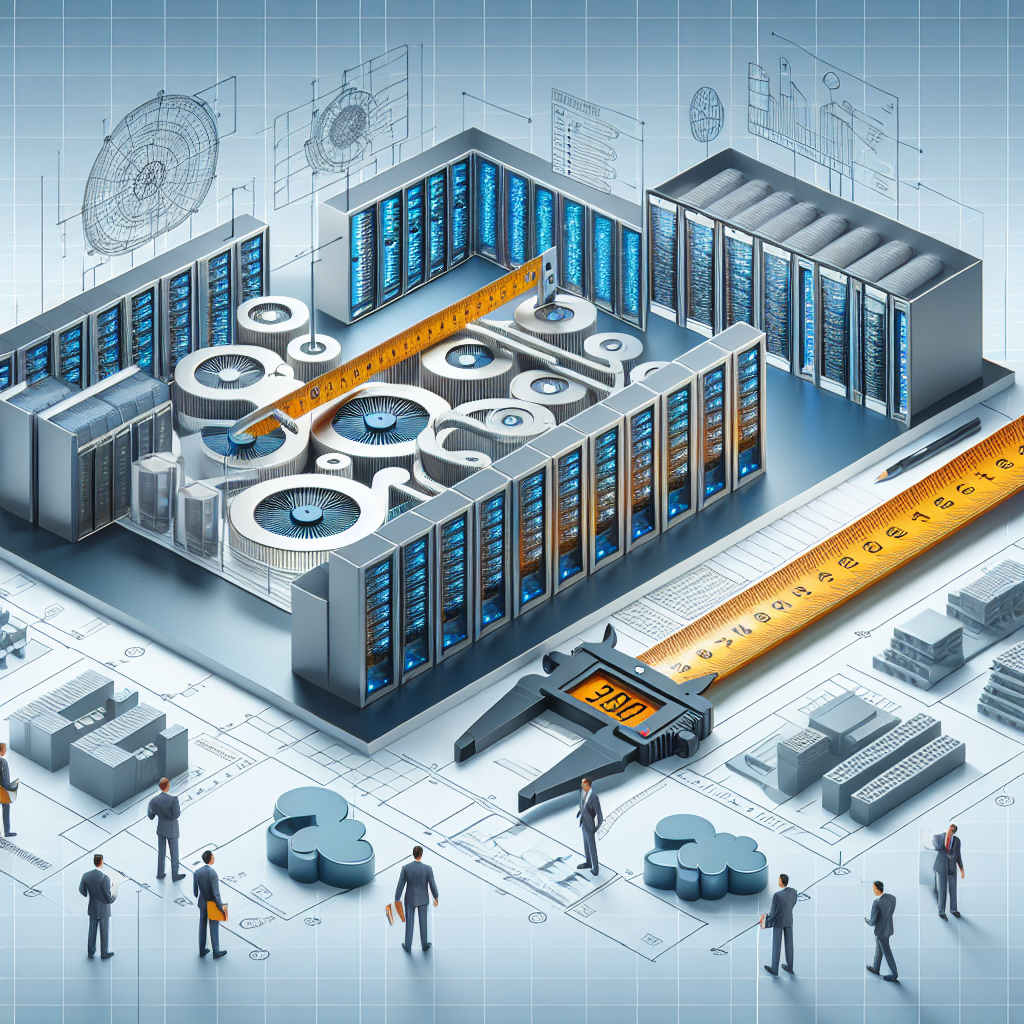Data center capacity planning is a critical aspect of ensuring that a data center can meet the needs of an organization both now and in the future. Without proper capacity planning, a data center may run out of space, power, or cooling, leading to downtime and potential loss of revenue. In order to effectively plan for data center capacity, there are several key considerations that must be taken into account.
One of the most important considerations for data center capacity planning is understanding the current and future needs of the organization. This includes not only the amount of data that needs to be stored and processed, but also the type of data and the applications that will be running in the data center. By understanding these needs, data center managers can better plan for the infrastructure and resources that will be required to support them.
Another critical consideration for data center capacity planning is scalability. As organizations grow and their data needs increase, it is important that the data center infrastructure can easily scale to accommodate this growth. This includes not only adding more servers and storage capacity, but also ensuring that the power and cooling systems can handle the increased load. By planning for scalability from the outset, organizations can avoid the need for costly and disruptive upgrades in the future.
In addition to understanding current and future needs and planning for scalability, data center capacity planning also requires careful consideration of the physical space available for the data center. This includes not only the size of the data center itself, but also factors such as the location of the data center, access to power and cooling resources, and the ability to expand the facility if needed. By carefully considering these factors, data center managers can ensure that the data center is able to meet the organization’s needs while also being cost-effective and efficient.
Finally, data center capacity planning also requires consideration of the potential risks and challenges that may arise. This includes factors such as natural disasters, power outages, and security breaches, which can all impact the operation of a data center. By planning for these risks and implementing appropriate safeguards, organizations can ensure that their data center remains operational and secure even in the face of unforeseen events.
In conclusion, data center capacity planning is a critical aspect of ensuring that a data center can meet the needs of an organization both now and in the future. By carefully considering factors such as current and future needs, scalability, physical space, and potential risks, data center managers can ensure that their data center is able to support the organization’s operations effectively and efficiently.










